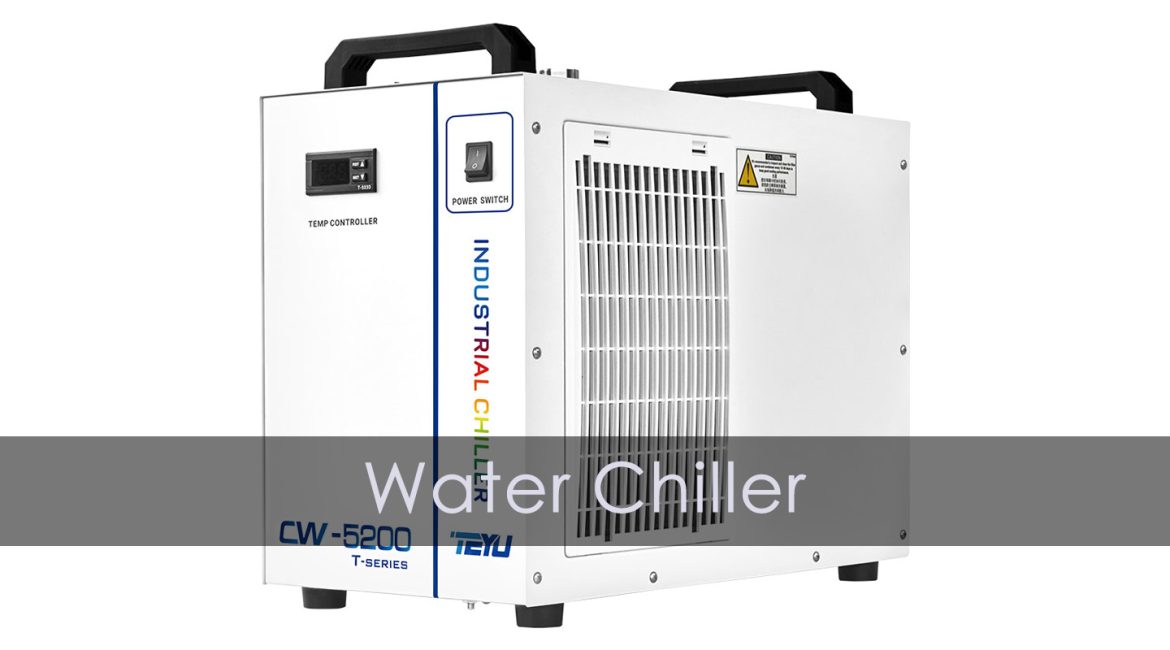Industrial water chillers are categorized in various ways, one of which is based on the cooling method: water-cooled and air-cooled water chillers. Air-cooled water chillers are known for their simpler installation, while water-cooled water chillers are recognized for their larger cooling capacity and higher energy efficiency ratio.
Water-cooled water chillers are particularly well-suited for regions with abundant water resources and offer stable operation. However, unlike air-cooled water chillers, water-cooled water chillers require a cooling tower and water pump to provide circulating cooling water for heat dissipation, making their installation more complex. This article focuses on common factors that can lead to decreased cooling performance in water-cooled water chillers.
Common Factors Causing Reduced Cooling Performance in Water Chiller:
1.Water Quality Issues: Impurities in the water source can accumulate over time, adhering to the inner walls of the equipment’s pipes, reducing water flow and affecting heat dissipation. The solution is to regularly clean the pipes to remove impurities.
2.Improper Matching: All water chillers undergo performance testing before leaving the factory to ensure proper operation. If insufficient cooling occurs upon initial use, it may be due to an improperly matched water chiller model, resulting in insufficient cooling capacity. Selecting the correct water chiller size is crucial for optimal performance.
3.Installation Problems: If the cooling effect is poor during initial use, inspect the connections between the water chiller, cooling tower, circulating water pump, and pipes to ensure they are correct. Carefully check against the installation diagram to ensure all components are properly connected. A faulty install can drastically reduce the effectiveness of the water chiller.
4.Performance Degradation After Prolonged Use: If a water-cooled water chiller experiences a decline in cooling performance after six months to a year of use, the following issues may be the cause:
- Heat Exchanger Fouling: Dirt and scale can accumulate on the heat exchanger (finned or shell-and-tube type), reducing heat transfer efficiency. Regular cleaning of the heat exchanger is recommended.
- Refrigerant Leakage: The refrigeration system may have a Freon leak, causing a decrease in cooling capacity. Locate the leak and repair it by welding, then recharge the refrigerant.
- Environmental Temperature Effects: If the ambient temperature around the water chiller is too high or too low, exceeding its normal operating range, it can affect cooling performance. In this case, a higher-capacity water chiller may be required to meet the demand.
Maintenance Recommendations for your Water Chiller:
When a water-cooled water chiller exhibits decreased cooling performance, do not attempt to repair it yourself unless you have experienced maintenance personnel. Contact the original water chiller manufacturer or a qualified repair shop in the area for inspection and repair. For users with poor water quality, it is recommended to install a water filter or implement professional water treatment. Additionally, regular maintenance of the unit is essential, not only to ensure normal operation but also to extend its service life.
Water chillers are increasingly used in various industries, providing industrial chilled water to equipment or products for temperature reduction, which improves production efficiency and reduces production costs. Therefore, timely addressing any abnormal issues with water-cooled water chillers and paying attention to daily maintenance and cleaning are crucial for maximizing equipment lifespan. Ensuring your water chiller runs efficiently will save time and money.

